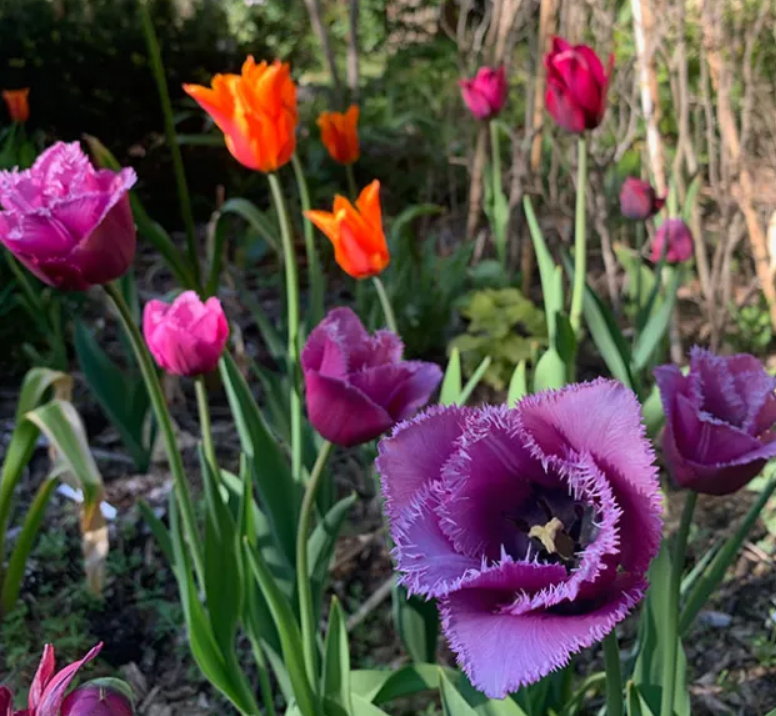Remember the first time you saw Zaluziantkya – pronounce it in your head before daring to say it out loud. Once you’ve mastered the pronunciation of the word, you’ll love saying it over and over again like a two year old. And because the pronunciation is really funny, haha, you’ll impress your friends.

Although Zaluzianskya does have a Polish connection, as the genus was named in honour of Adam Zaluziansky von Zalusian, a Polish botanist from the late 1500s, so I think the name is really awkward. Whilst this is not common, the plant does have a long history as a European container plant. The genus is larger than one might think, with over 50 species native to South Africa, but only three species are commonly used for ornamental purposes, one of which is Z. capensis the most popular one.
Why grow this little flower with such a long name? For one reason – perfume. During the day it doesn’t look like much because in full sun the 1/2 wide pure white florets close into maroon, rounded buds, but once night comes everything changes. Like most nocturnal bloomers, these tiny white star-shaped flowers are pollinated by nocturnal insects or moths. Zaluzianskya gives off a super-sweet scent at sunset, like vanilla extract, that refreshes the garden. It’s not as strong as some garden writers make it out to be, but it’s more like the first scent of a jar of Pernod.
Seeds of only one species are usually found and only in good seed catalogues. Z. capensis does have a named variety called ‘Midnight Candy’, but it is worth looking for other close relatives such as Z. vilosa or Z. ovata, which grow taller and may be a good choice for the cut flower grower looking for a different variety. Evening weddings.
The plants themselves may be haphazard and not much more visually attractive than weeds, but when grown in larger containers, such as 12-inch diameter pots with six plants each, the effect is sufficient To attract the attention of visitors, of course, once the scent is pushed on at sundown, it all becomes about the plant.
Seeds are easy to grow, sow indoors at least 8-10 weeks before the last frost and don’t worry as it is easy to transplant. Keep the light bright to keep seedlings strong. Pruning the plants is vital to stimulate lateral branching. Pinch off growing points when the second pair of leaves begin to form.
High fertility helps create lusher growth and more flowers, so a balanced liquid feed every fortnight will help with the final display as it will promote lush growth and more buds.
As with many plants in Namaqualand, periodic droughts sometimes occur, but usually the flowering season follows the rainy season. Many plants native to the Cape region have similar conditions. Most plants benefit from short dry spells between waterings so that the roots can grow deeper and find water as they would in the wild. This is also a good insurance policy if you forget to water during a heatwave.



